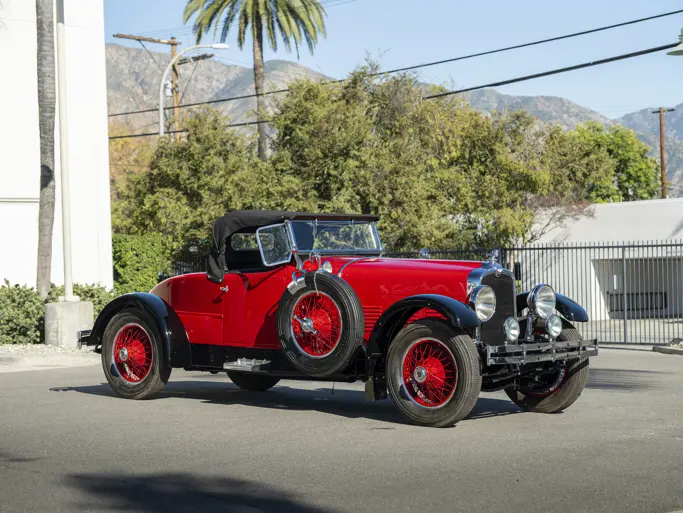The Anderson Carriage Company was founded in 1884, but not until 1907 did William Anderson enter the automobile age. He built 400 cars in 1908, and within two years production had exceeded 1,000. The cars were always called Detroit Electrics, and the company was renamed to suit in 1911. Over the course of its 30-some-year lifespan, the Detroit Electric Car Company produced more electric automobiles than any other American passenger car manufacturer.
As the golden age of the American electric car faded, Detroit made some attempts to follow modern fashions. By 1920 Detroit Electrics were available with a dummy front hood with a false radiator, resembling a Fiat. This was a ploy that had been used briefly on roadsters in 1908–10. The upright bodies, however, remained, this series built by H&M Body Corporation of Racine, Wisconsin. By 1931 nearly conventional-looking electrics used Willys bodies. From 1936 these were given the nose sheet metal of a Dodge. The company was acquired in 1930 by A.O. Dunk, who kept it alive for some years, rebuilding old cars and reselling them. In the early 1940s, he sold the remaining assets to a friend.
This car is one of the Dunk rebuilds, cataloged as Model 98 and shipped on 17 August 1932 to a customer in Toledo, Ohio. The Merrick Auto Museum purchased it in the summer of 1996. Previous owners include Zach Brinkerhoff of Denver, Colorado. One of the heavy-chassis electrics and recipient of the factory upgrade, it rides on huge whitewall tires. Attractive in blue and black, it has pleated grey cloth upholstery. These upright electrics have the appointments of a formal living room, and this car is no different. Its new owner will be able to silently go to town in comfort.

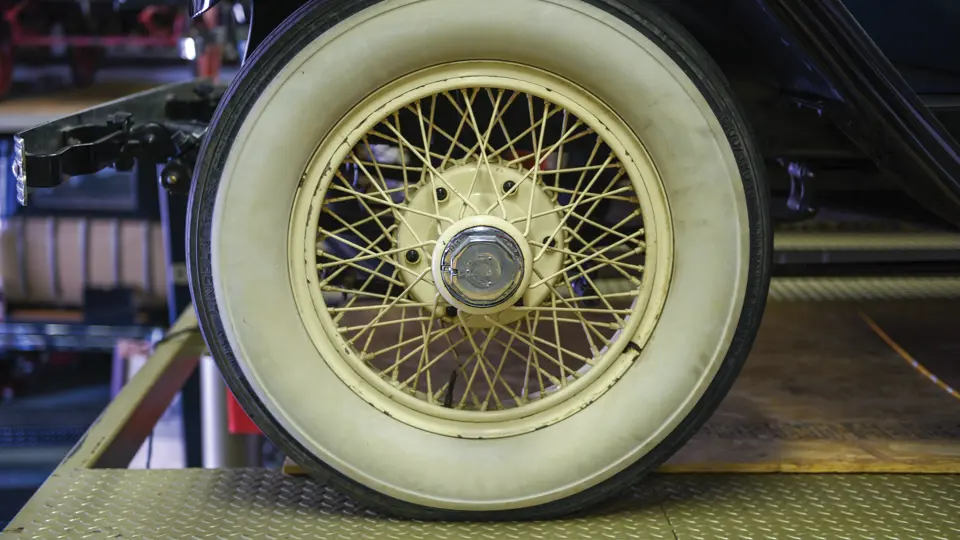



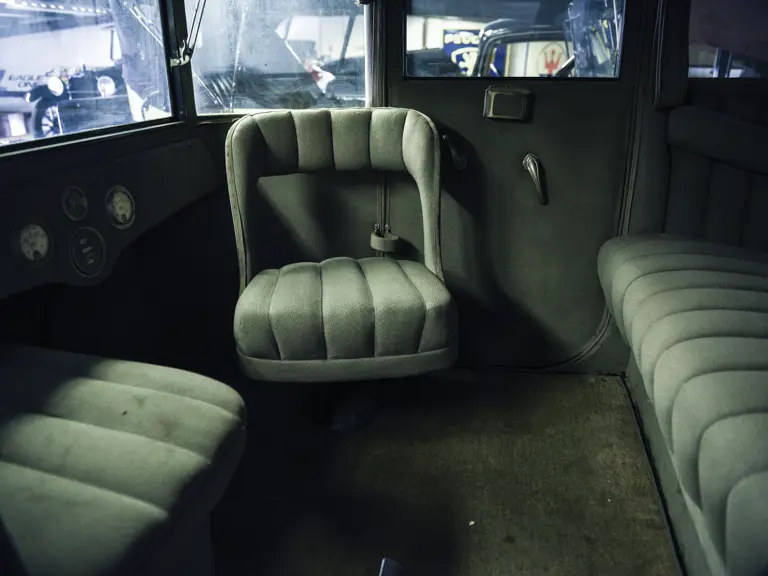

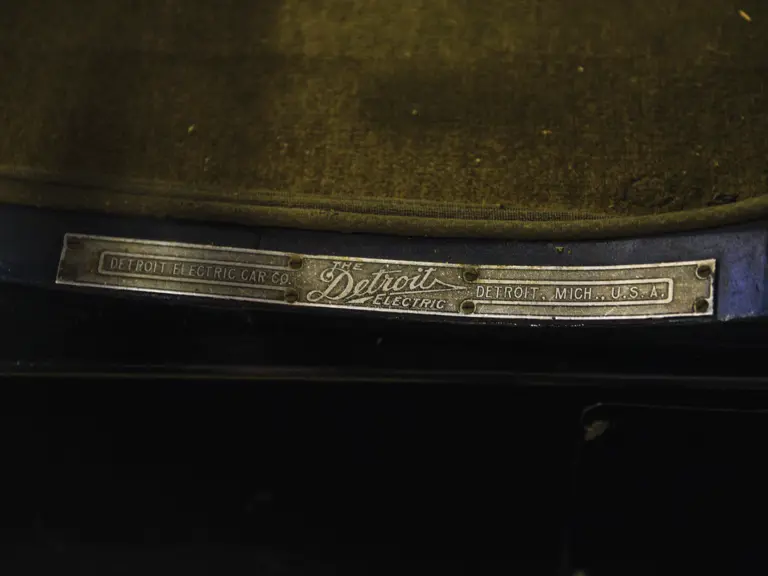

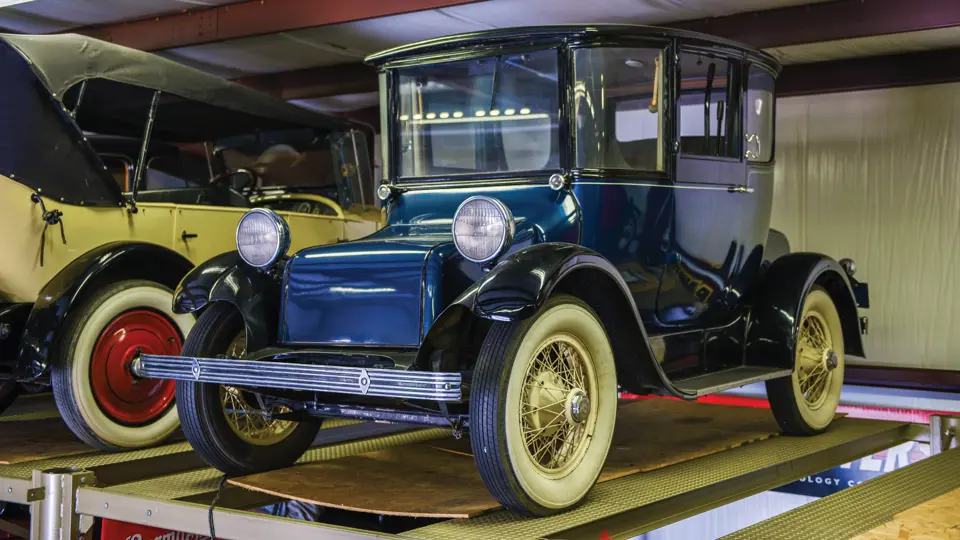
 | Hershey, Pennsylvania
| Hershey, Pennsylvania

